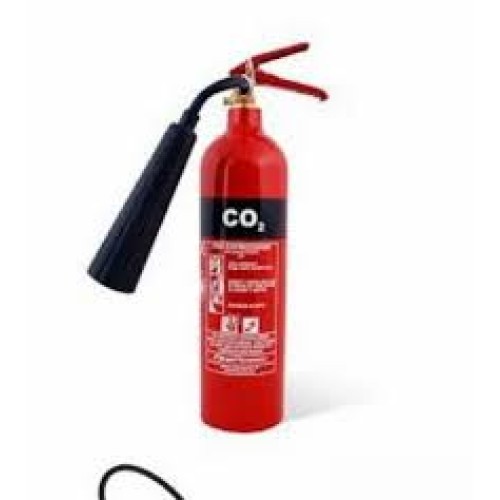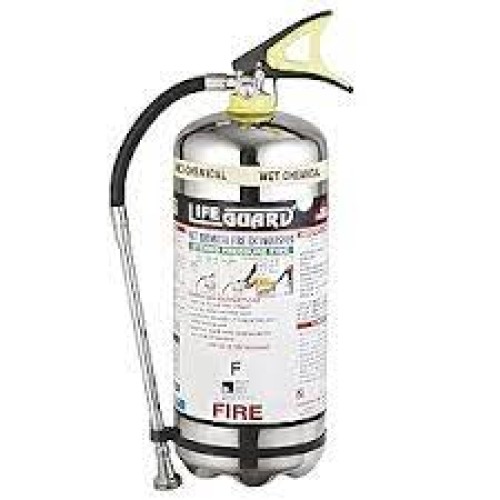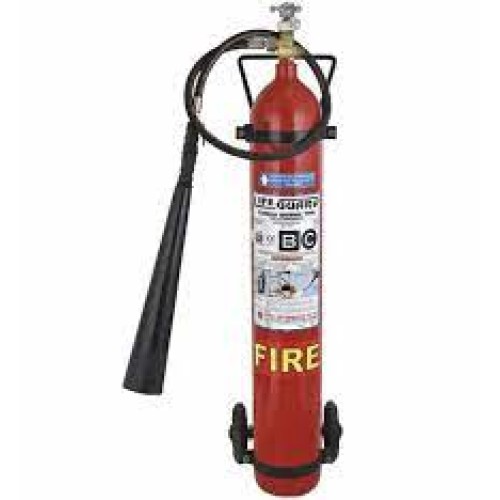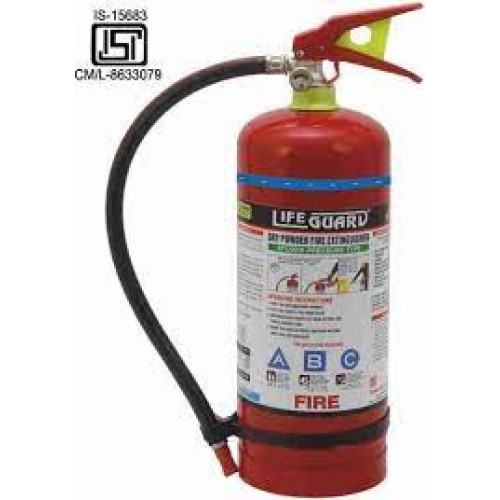The Omex 2kg CO2 Fire Extinguisher is a compact and highly effective fire safety device designed for use in environments with electrical equipment or where flammable liquids may be present. Carbon dioxide (CO2) extinguishers are particularly useful for fires involving electrical equipment, as they do not leave behind any residue, making them ideal for sensitive environments like offices, server rooms, or labs. Key Features: 2kg Capacity: The 2kg capacity refers to the amount of carbon dioxide stored in the extinguisher. This smaller size is ideal for residential, office, or light commercial spaces where fire risks are moderate, particularly in areas with electrical appliances or small machinery. CO2 Extinguishing Agent: Carbon dioxide is a highly effective fire suppressant, especially for Class B (flammable liquids) and Class C (electrical) fires. It works by displacing the oxygen around the fire, which smothers the flames and extinguishes the fire without leaving any residue. CO2 is non-conductive, making it an ideal choice for electrical fires as it does not pose any risk of further electrical conduction. Residue-Free: Unlike dry powder or foam extinguishers, CO2 extinguishers do not leave behind any residue after use. This makes them the preferred choice for electrical fires in environments like computer rooms, offices with sensitive electronics, or laboratories, as there's no need for cleaning up after use. High Discharge Efficiency: CO2 extinguishers are known for their ability to quickly and effectively extinguish fires. The 2kg CO2 extinguisher can discharge CO2 at high pressure, releasing the gas rapidly to suppress the fire and minimize damage. Easy to Use: The Omex 2kg CO2 Fire Extinguisher typically follows the standard P.A.S.S. method (Pull, Aim, Squeeze, Sweep) for quick and effective operation. It is designed to be user-friendly, so even those with little experience with fire extinguishers can use it confidently in an emergency. Cylinder Construction: The Omex CO2 extinguisher is housed in a durable steel or aluminum cylinder designed to withstand the pressure of the CO2 gas. The cylinder is also typically equipped with a horn or discharge nozzle that directs the gas effectively at the base of the fire. Certified and Safe: The extinguisher is generally CE certified and complies with international safety standards such as EN3. This ensures that the extinguisher has been rigorously tested for safety and performance.
Send Message



